Export Janet.
“… on behalf of the
Entertainment Industry Coalition
for Free Trade (EIC),
we appreciate the opportunity
to appear before you….”
— Testimony before the
U. S. International
Trade Commission
at mpaa.org

From the CNN transcript of Lou Dobbs Tonight, Friday the 13th of February, 2004…
DOBBS: Joining us tonight… Steve Forbes, the editor and chief of “Forbes”…. Mark Morrison, managing editor of “Businessweek”……..
MORRISON: We’d all like to see more job creation and less exporting of jobs. But coming to the right answer as to achieving that, what policy changes, can we make? We don’t want to go down a protectionist road.
DOBBS: Why not?
MORRISON: What would you suggest?
DOBBS: Why not?
You want to know what I would suggest? You go first.
FORBES: I don’t want another depression.
DOBBS: You don’t want a Great Depression. Do you think Smoot-Hawley caused the depression?
FORBES: It certainly contributed to it.
DOBBS: Oh, for crying out loud. The fact of the matter is, that…
FORBES: Do you want to go to North Carolina and say to the BMW workers send the jobs back to Germany?
DOBBS: I haven’t made a proposal yet and Forbes is all over me here.
FORBES: You want to have a lively show, keep your ratings up.
(LAUGHTER)
DOBBS: Yes, we’ll do that talking about Smoot-Hawley.
The fact of the matter is…
FORBES: Culture… Janet Jackson Act.
DOBBS: The fact of the matter is, we’re exporting our wealth at an alarming rate. We simply cannot continue this. And we’ve got 3 trillion dollars in IOUs. You tell me, at some point you are going to have to make a decision, either you are going to have free trade that has mindlessly led us to this point, or you are going to have fair, managed, mutual trade and build the economy back up.
FORBES: The trouble with managed trade it’s managed by politicians.
DOBBS: Well, I’d rather it be managed by politicians…
FORBES: Managing anything is something to be avoided and deplored. There — our economy today.
DOBBS: There are politicians who care about working men and women in this country. Who care about long-term wealth of this economy [more] than heads of multinationals who are indifferent.
FADE OUT; BACKGROUND SOUND:
Can I Get a Witness?



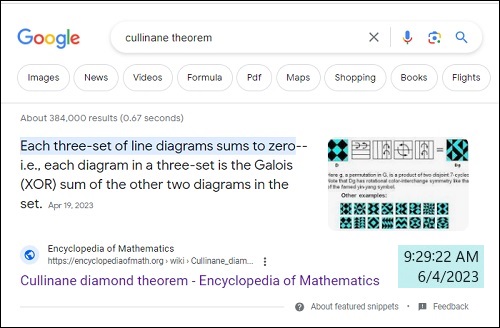


















 .
.












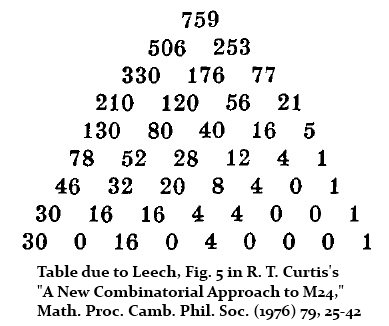





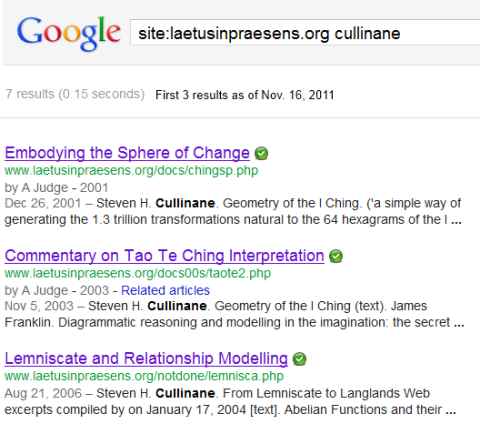










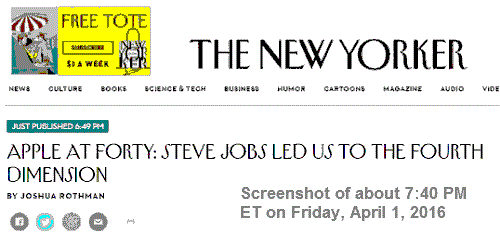
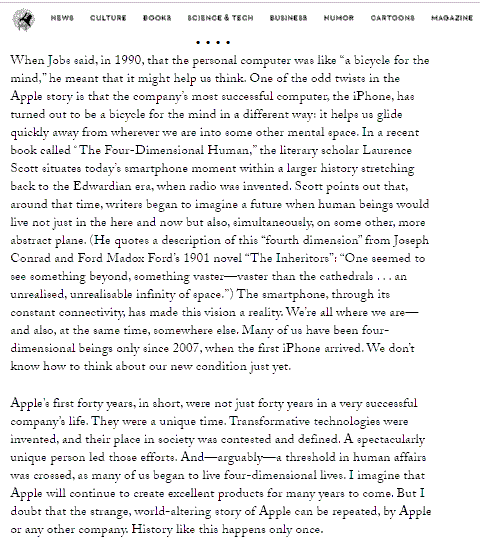


 \
\













